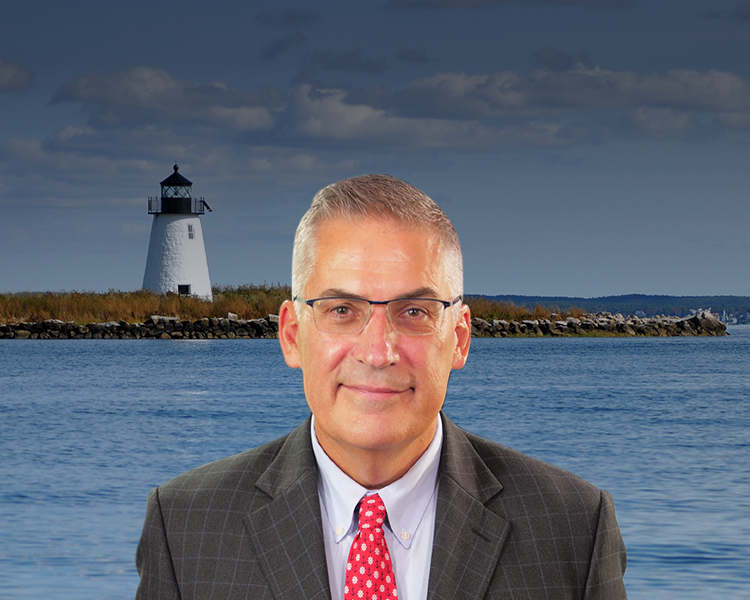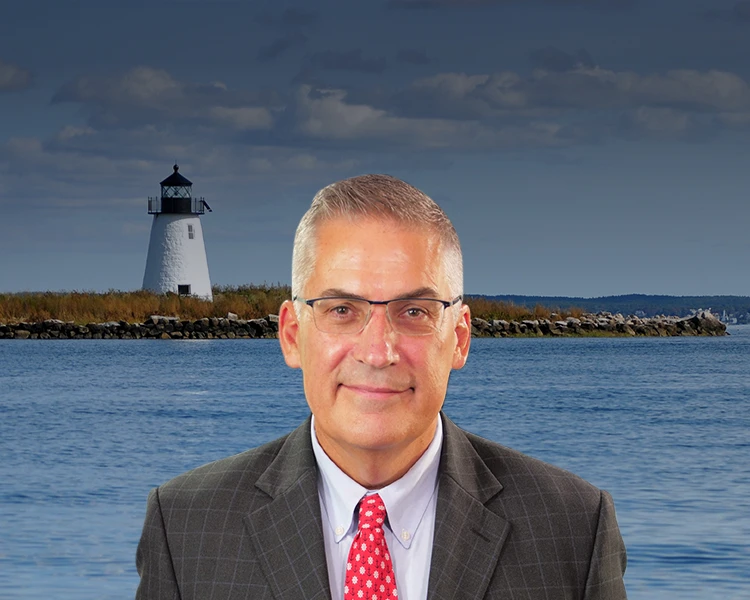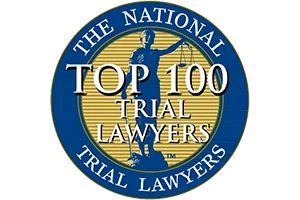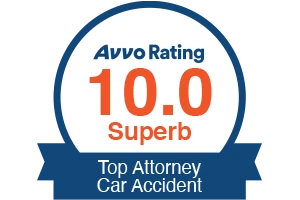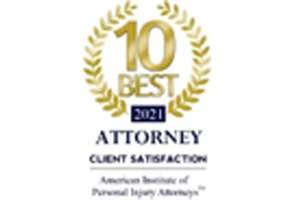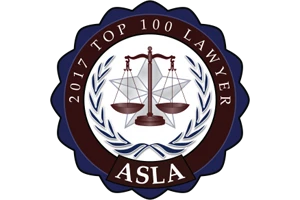- Free Consultation: (888) 262-6664 Tap Here to Call Us
Massachusetts Has Several Highways Included on List of Top 50 Bottlenecks in Nation
If you’re heading across the state – or across the country – to celebrate Thanksgiving, you should know that the American Highway Users Alliance recently released a report ranking the country’s most clogged arteries, and several Massachusetts highways ranked among those annoying “bottlenecks,” as they are sometimes called.
Other states with several highways listed include Illinois (the city of Chicago came in at #1), California, New York, New Jersey, Texas, Washington, Florida, Georgia, Virginia, and Pennsylvania.
Reasons for Delays
In addition to wasting drivers’ time and increasing greenhouse gas emissions, congested highways also make travel more dangerous. According to the report, bottlenecks account for 40% of the nation’s “road delays,” which can cause drivers to become angry, frustrated, and more careless than they would be under optimum driving conditions. (Other leading causes of delays are traffic accidents (25%), bad weather (15%), and construction (10%)).
Traffic congestion is often caused by insufficient capacity. That is, the existing infrastructure simply does not support the current volume of traffic in a given area. When too many drivers attempt to drive on a certain stretch of highway, traffic inevitably slows down. Add to this highway design features such as merging lanes and off-ramps, and a so-called “freeway” can quickly become a glorified parking lot.
Unfortunately, the worst bottlenecks also frequently have other factors that worsen the situation, including construction, weather issues, and, of course, traffic accidents.
Tips for Dealing with Bottleneck Situations
Accidents are all too common in highly congested areas. For this reason, drivers are encouraged to travel at nonpeak hours or use alternative routes, if possible.
If traveling through a bottleneck is unavoidable, there are some ways that drivers can decrease the odds of an accident. First, maintain a safe speed for the conditions. This is not necessarily the posted speed limit. Often, it is a speed substantially lower than the posted limit, especially during peak times. It’s simple physics: the slower you are going, the easier it is to stop if there is a sudden slowdown up ahead.
Be especially mindful of signaling before changing lanes, and use your headlights even in daytime to increase visibility. Be wary of blind spots, both your own and other drivers’. Keep your eyes on the road at all times, avoiding common distractions such as cell phone use, texting, eating, or adjusting the radio.
If you do have an accident, know that you have a legal right to pursue damages against the other driver if his or her negligence caused the accident. The simple fact that there was a bottleneck does not excuse careless or reckless driving.
To Talk About a Traffic Accident Case
If you have been involved in a motor vehicle accident and need advice concerning a possible lawsuit against the driver who caused the crash, call the Law Offices of John C. Manoog, III, at 888-262-6664 and ask for a free consultation. We will be happy to go over the facts of your case and advise you whether we believe it would be worthwhile to pursue legal action. We have offices conveniently located in Hyannis and Plymouth, from which we serve all of Massachusetts.
Related Blog Posts What’s Being Done to Combat the Ever-Growing Problem of Distracted Driving in Massachusetts? Inconsistent Verdict of Massachusetts Jury in Car Accident Case Results in New Trial – Rose v. Farina


